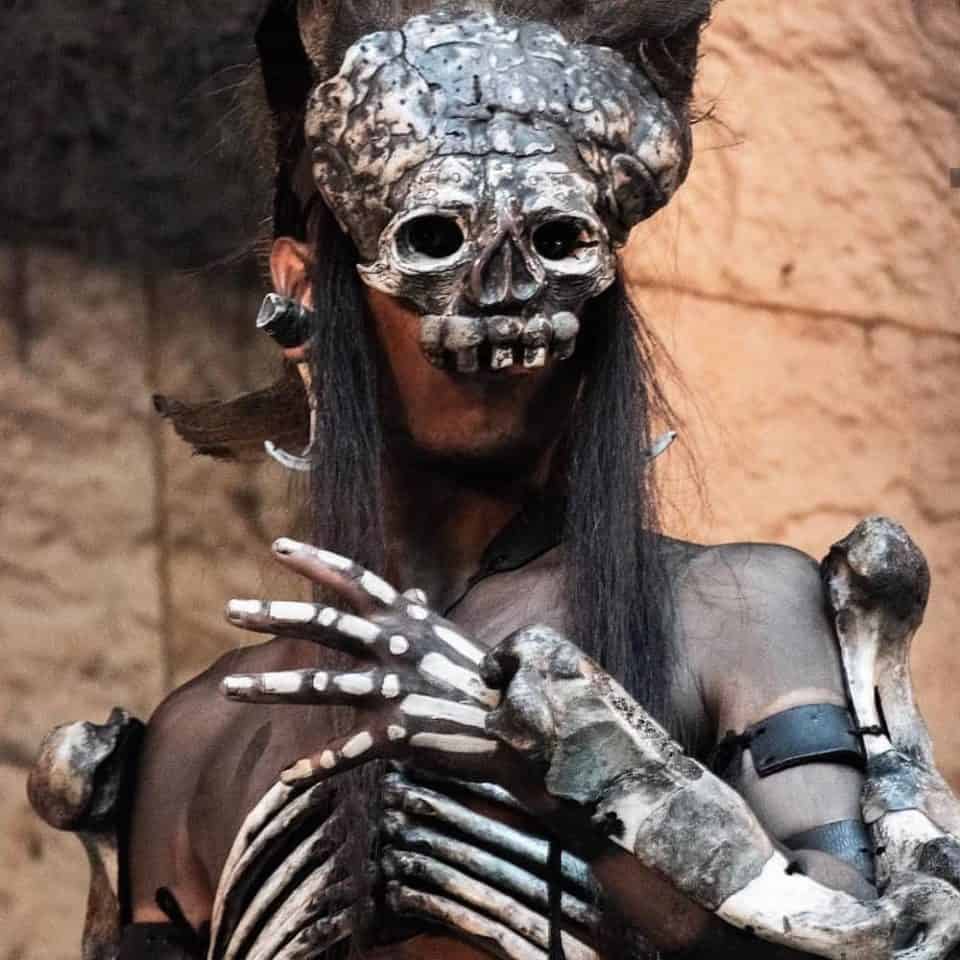Every year in Mexico and beyond, descendants of departed loved ones transform somber memorials into lively altars or ofrendas, replete with colorful marigolds, dazzling candles, and all of the deceased’s favorite earthly indulgences as a way to bring joy to the act of remembrance and successfully propel the dead into the afterlife. In the United States, the holiday is usually known as Día de los Muertos, but in its home of Mexico, it’s Día de Muertos. The “los” comes from a Spanish re-translation of its English meaning, Day of the Dead.
Día de Muertos is a hybridization of Catholicism and indigenous pre-Columbian cultural traditions, with roots dating back to an Aztec festival honoring the goddess Mictecacihuatl, which was originally celebrated during the summer. But after Spanish colonization in the 1500s, the holiday was moved up to coincide with October 31 (All Saints’ Eve), November 1 (All Saints’ Day), and November 2 (All Souls’ Day). In the western Christian tradition, the three days are known as Allhallowtide, but in some parts of the world, they have since become virtually synonymous with festivities related to Día de Muertos, a holiday that has since been named on the Representative List of the Intangible Cultural Heritage of Humanity by UNESCO in 2008.
Festival of Life and Death at Xcaret Park/ Courtesy Grupo Xcaret
Theme Park in Mexico Celebrates Day of the Dead
Near Mexico’s Playa del Carmen, there’s a place that practically transforms the annual fall tradition of Día de Muertos into a year-round theme park. Founded in 1990, Xcaret Park is an “archeological eco-park” designed to highlight Mexican culture in a lush setting with a trio of underground rivers, natural pools, and traditional Mexican attractions and performances.
On its own, Xcaret Park is like an extended, permanent Day of the Dead festival. But for …
Read More
Author: Tanja M. Laden / High Times







